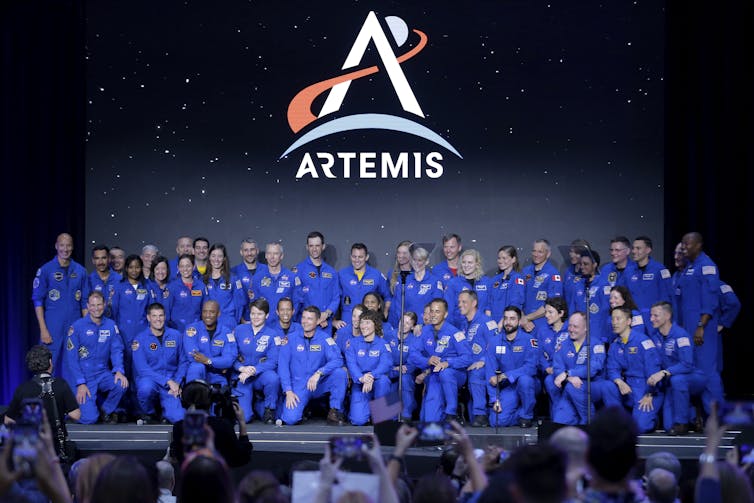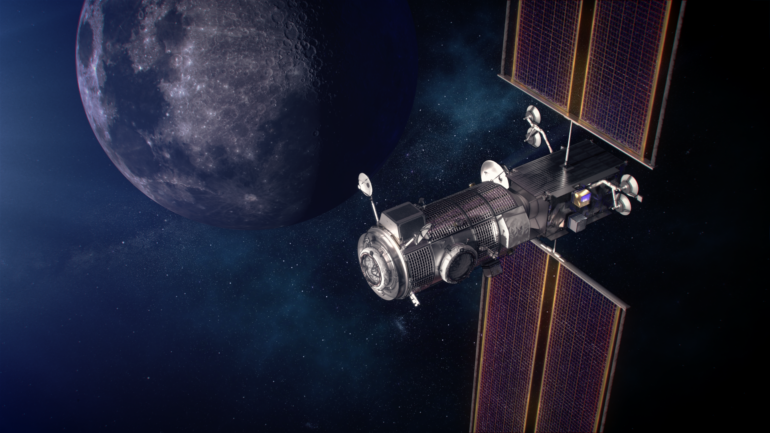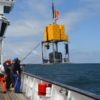NASA has set its sights on the Moon, aiming to send astronauts back to the lunar surface by 2026 and establish a long-term presence there by the 2030s. But the Moon isn’t exactly a habitable place for people.
Cosmic rays from distant stars and galaxies and solar energetic particles from the Sun bombard the surface, and exposure to these particles can pose a risk to human health.
Both galactic cosmic rays and solar energetic particles, are high-energy particles that travel close to the speed of light.
While galactic cosmic radiation trickles toward the Moon in a relatively steady stream, energetic particles can come from the Sun in big bursts. These particles can penetrate human flesh and increase the risk of cancer.
Earth has a magnetic field that provides a shield against high-energy particles from space. But the Moon doesn’t have a magnetic field, leaving its surface vulnerable to bombardment by these particles.
During a large solar energetic particle event, the radiation dosage an astronaut receives inside a space suit could exceed 1,000 times the dosage someone on Earth receives. That would exceed an astronaut’s recommended lifetime limit by 10 times.
NASA’s Artemis program, which began in 2017, intends to reestablish a human presence on the Moon for the first time since 1972. My colleagues and I at the University of Michigan’s CLEAR center, the Center for All-Clear SEP Forecast, are working on predicting these particle ejections from the Sun. Forecasting these events may help protect future Artemis crew members.

With Artemis, NASA plans to return humans to the lunar surface.
AP Photo/Michael Wyke
An 11-year solar cycle
The Moon is facing dangerous levels of radiation in 2024, since the Sun is approaching the maximum point in its 11-year solar cycle. This cycle is driven by the Sun’s magnetic field, whose total strength changes dramatically every 11 years. When the Sun approaches its maximum activity, as many as 20 large solar energetic particle events can happen each year.
Both solar flares, which are sudden eruptions of electromagnetic radiation from the Sun, and coronal mass ejections, which are expulsions of a large amount of matter and magnetic fields from the Sun, can produce energetic particles.
A coronal mass ejection erupting from the Sun.
The Sun is expected to reach its solar maximum in 2026, the target launch time for the Artemis III mission, which will land an astronaut crew on the Moon’s surface.
While researchers can follow the Sun’s cycle and predict trends, it’s difficult to guess when exactly each solar energetic particle event will occur, and how intense each event will be. Future astronauts on the Moon will need a warning system that predicts these events more precisely before they happen.
Forecasting solar events
In 2023, NASA funded a five-year space weather center of…



